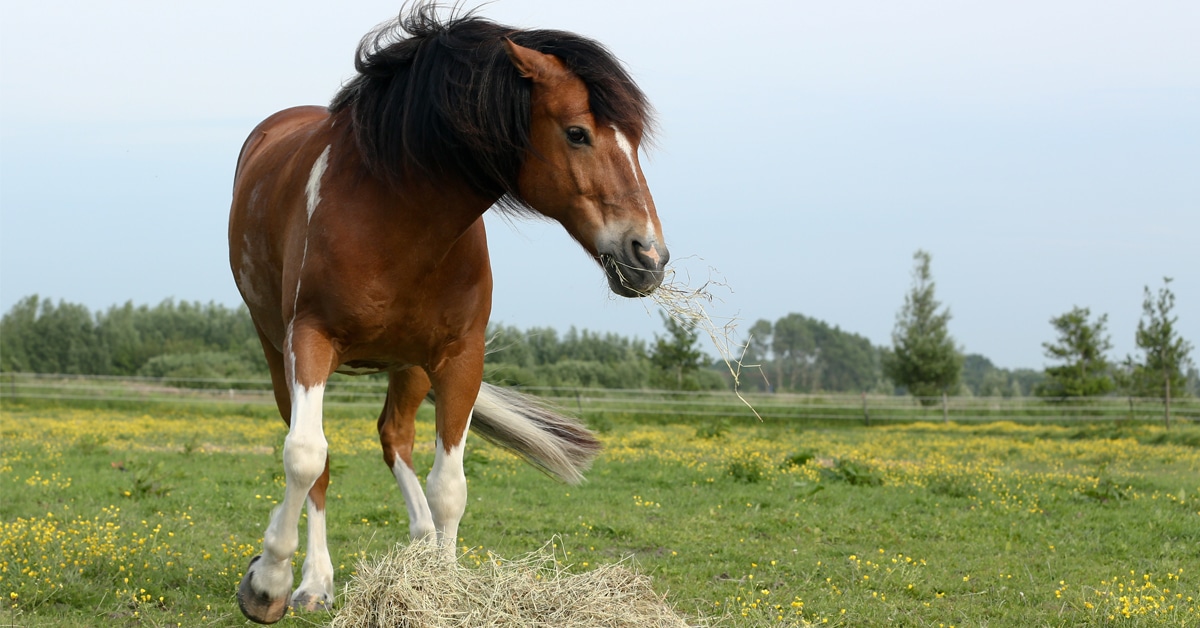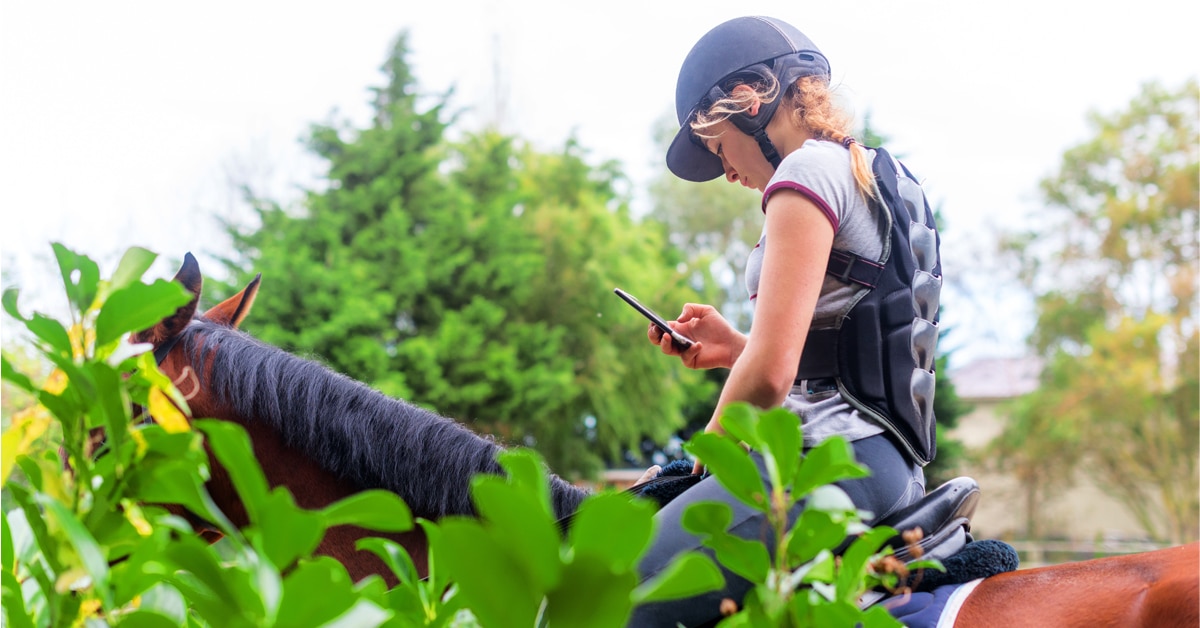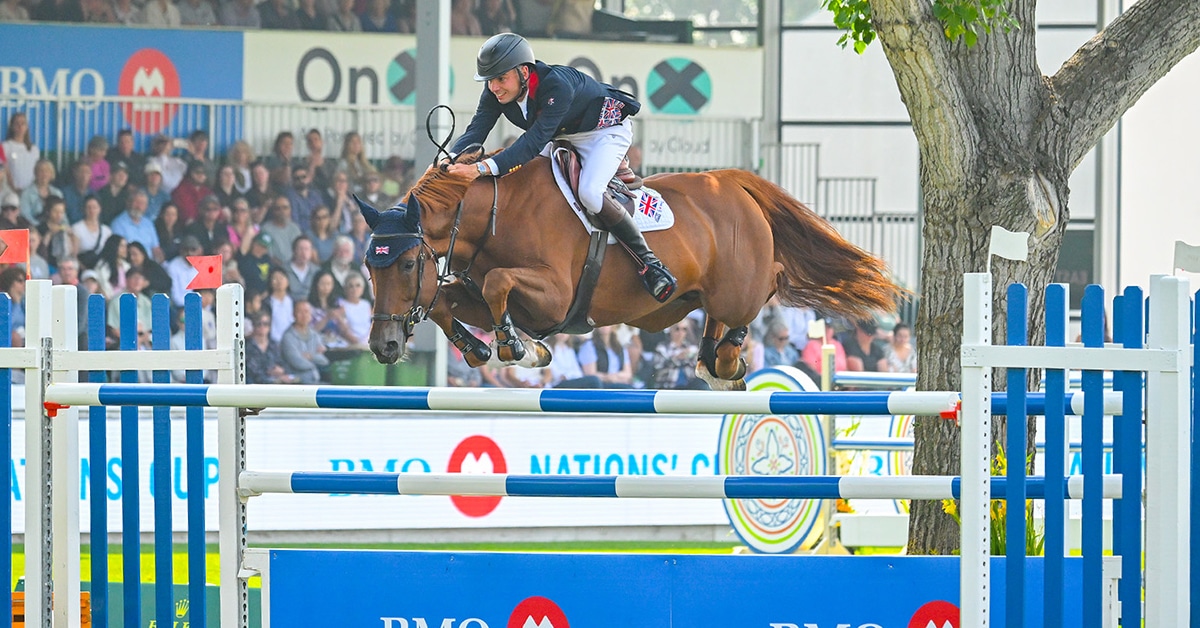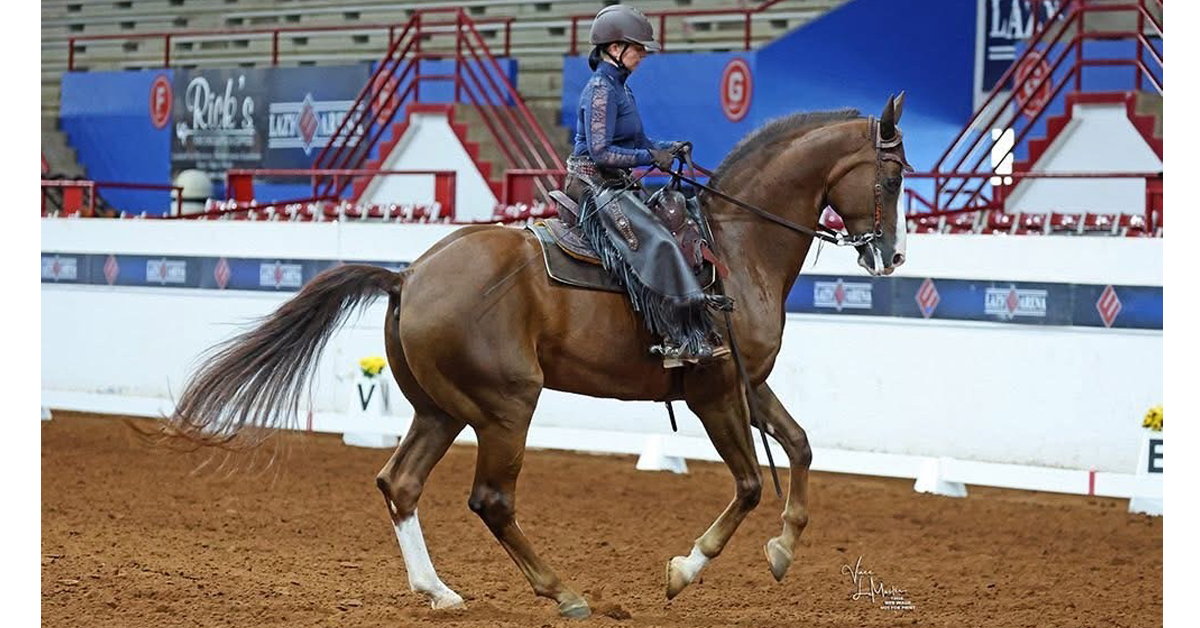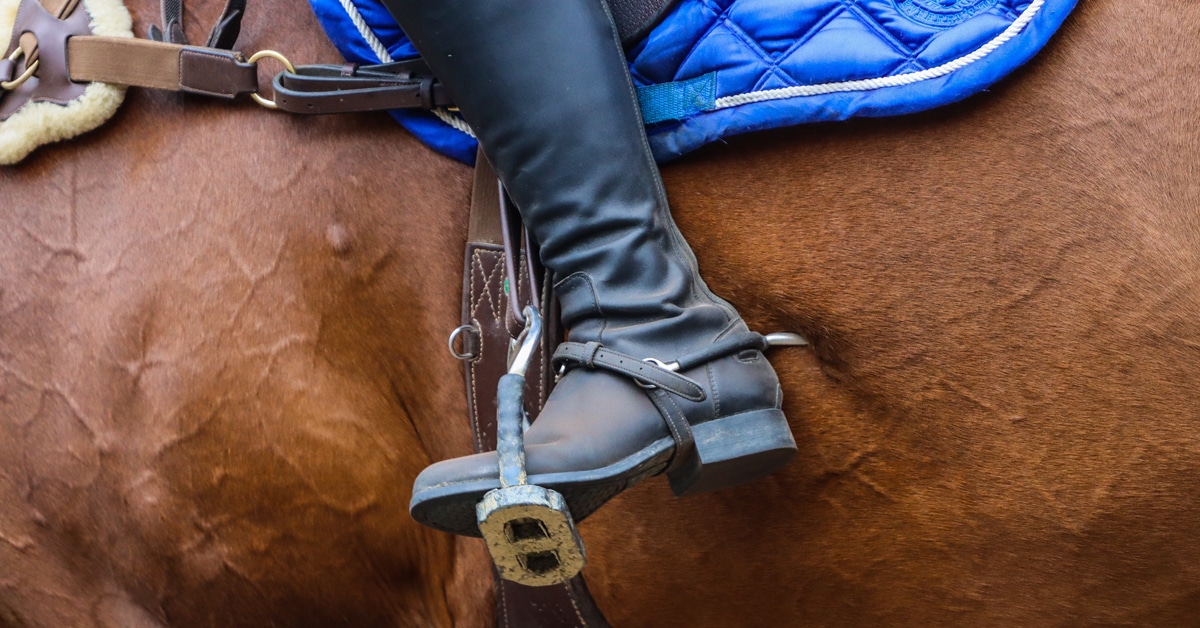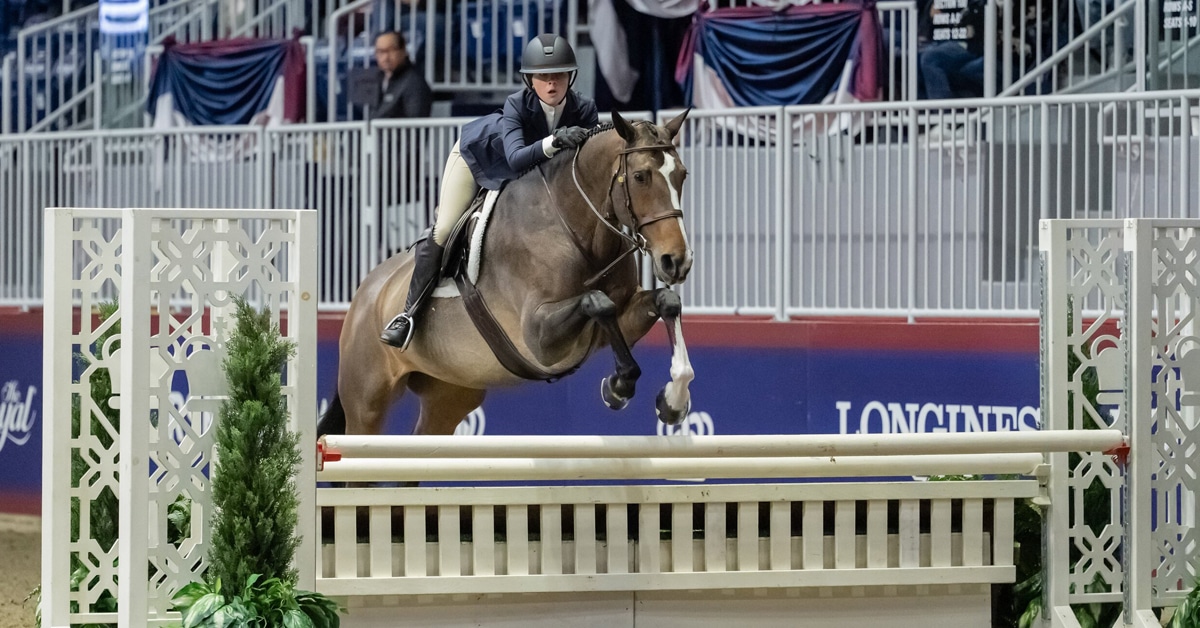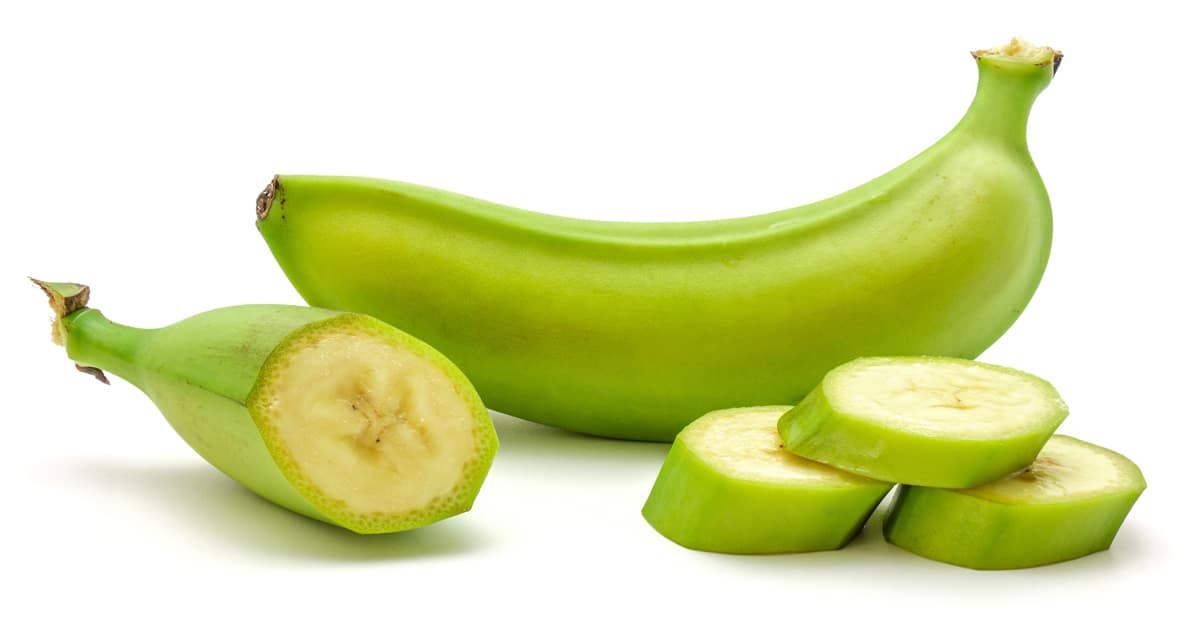The skeletal muscle of a horse makes up roughly 45 per cent of his total body weight and is responsible for powering locomotion and movement while distributing force and absorbing shock. When the weight of a rider, application of tack, and demands of training are factored in, an enormous amount of stress is placed on the biolocomotive systems, compromising the efficacy of muscular function.
Massage therapy is an effective method to optimize overall muscle health for horses of all levels and careers, better enabling the horse to move and express itself freely. The manual techniques improve circulation of blood and lymph, which in turn promotes accessibility of nutrients delivered in the bloodstream and catalyzes replenishment of muscle glycogen, a necessary component of both aerobic and anaerobic energy systems, thus hastening recovery and improving muscular function for a quicker return to maximal performance.
Tight, evasive, or overly-anticipatory types of horses that brace themselves or those which demonstrate bilateral imbalances are more likely to develop muscle knots or spasms from tension. This can be as a result of a direct pressure point (usually the saddle), compensating for pain elsewhere in the body, or as a result of an imbalanced rider. With massage, vibration and isolated pressure techniques can target and release spasms, while kneading and rolling techniques stretch and elongate stiff or contracted muscles, improving flexibility and range of motion. When the muscles are able to contract and release freely without pain, overall performance and dexterity are improved, risk of injury is reduced, and an improved willingness to work is often the result.
With rigorous exercise, the muscles undergo a cycle of damage and repair which strengthens and builds them up over time. Those tiny tears that occur in the muscle fibres, however, cause inflammation as the body works to repair them, making rest and reduction in work intensity crucial for recovery. Massage therapy can reduce both the time required for muscle repair as well as post-exercise muscle aches.
Recognizing muscle pain
Studies on human athletes have proven that following intense exercise, massage reduces the production of compounds called cytokines (which play a key role in inflammation) while stimulating mitochondrial biogenesis. The mitochondria – tiny powerhouses inside cells – convert glucose into energy essential for cell repair and function, whereas NSAIDs and anti-inflammatory drugs reduce inflammation and pain, but can slow down the healing process. Massage, however, facilitates the best of both while helping the muscle adapt to the increased demands of exercise.
This is an especially important consideration for both pleasure and performance horses given that, in human studies, the presence of cytokines is linked with causing pain. Horses by their stoic nature will hide their pain to the best of their tolerance, as it reveals vulnerabilities to potential predators. This augments the importance of being attentive to the horse’s fitness level and education in respect to his training and conditioning regimen.
While lameness, heat, and swelling can be obvious, aching muscles are not usually as evident. Taking note of gradual changes in ability, movement, and behaviour is important, whether over a period of days or months. If behaviour or mood sours, it’s important to consider physical factors rather than dismissing it as personality or a bad attitude. Other indicators of potential underlying muscle pain can include teeth-grinding, head-shaking, stiffness in the tail, and reluctance to turn the head or yield from leg pressure. More notably, uncharacteristically extreme reactions to touch, saddling, mounting, or transitions should be regarded as an expression that something could be hurting.
When the source of pain is discovered and relieved, it can be quite revealing of the connectivity, function, and sheer size of the muscle groups and attachments that comprise a horse’s biolocomotive anatomy. The longissimus dorsi, for example, is a muscle that quite literally connects a horse from head to tail. The posterior portion runs from the sacrum, along the lumbar and thoracic spine and attaches into the lower cervical vertebrae, with a portion running along the cervical vertebrae into the back of the skull. If back pain is present, often in the lumbar region, it can translate as tension and stiffness through the neck and poll.
Cases in point
A client’s horse was demonstrating a lot of stiffness through his neck and barely tracked up with his hindquarters. By locating and releasing a knot in the back muscles next to the lumbar spine, not only did his ability to step through with the haunches improve, but he became more elevated through the back and was described as being incredibly soft through the neck and poll in his following rides. By releasing the focused tension in his back, his freedom of movement improved along the length of his entire body.
Another gelding was demonstrating complete disengagement of his hindquarters with a dropped back and raised head. While the saddle had been suspected to be the cause of his discomfort, various fittings had failed to yield any improvement. Through the course of his massage, the tension was discovered to be primarily focused down the semitendinosis, a visible muscle of the hamstrings that defines the shape of the buttocks. It became indicative that the tension was likely guarding joint pain in his hocks, preventing flexion, and creating a domino effect forward through his body as a result of compensation. The massage session ended up being informative for his owner to pursue veterinary counsel, and was complementary for his rehabilitation.
Conformational variances and inconsistent training can contribute to a wide variety of muscular imbalances or strains. Temperament can easily play an affecting role as well, particularly with green or nervous horses that can develop evasive habits that adversely affect their muscular development. Although massage cannot correct training or habits, it can release the areas of tension that develop when horses travel incorrectly or are habitually imbalanced. By releasing tension in the muscles and allowing them to move freely, it can become easier for effective riders to make corrections in training for improved movement.
The Latest
